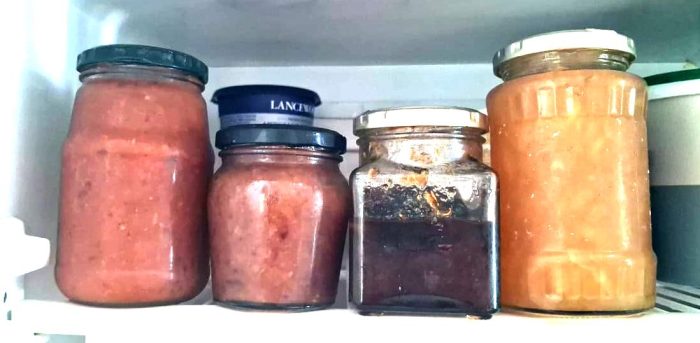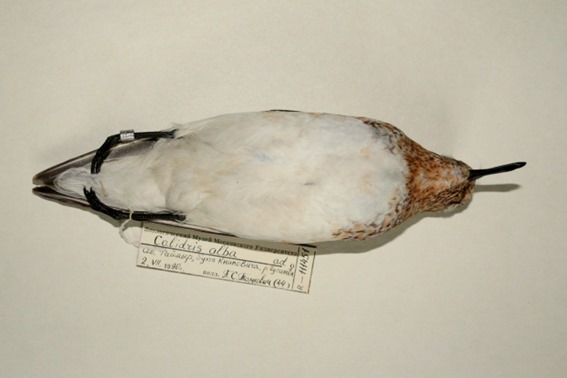The metadata is the information about the data! Have a look at this photo:

These bottles in the fridge have no labels. There is nothing that identifies what is inside each bottle. And if the material for the container was not transparent, we would have no idea of the contents. We need to open them, and then look, smell and taste. Hopefully we can identify the contents. In this case, it is tomato chutney, apple chutney, grape jam and marmalade, from left to right,. They were all home made. It would also be nice to know when they were bottled! Then we can evaluate whether we should still be eating them! This information about the contents is called the metadata. Compare the photo above with this:

Even though we cannot see the biscuits inside the package, the label provides a lot of information about them. This is the metadata. It provides information about the company that made the contents. It tells us that the contents are Tennis Biscuits, and there is an illustration to show us what the contents look like. The label says that the wight of the contents is 200 g. But the label does not give us the real thing, it just helps us understand what is inside. The label provides the metadata.
Here is a bird specimen. It is in the museum in Moscow.

The label contains the metadata. It says that the species of bird is Calidris alba the scientific name of the Sanderling. The rest of the writing of the label is in Cyrillic handwriting, but it includes the date the specimen was collected, the place and the collector. Over on the right is a reference number, 111451, and if you go into the museum’s catalogue and look for this number, you will find a lot more information about this bird. This is the place to find more metadata.
Here is a photographic specimen in the Virtual Museum. It is also a Sanderling!

If you go to https://vmus.adu.org.za/?vm=BirdPix-120106, you find the metadata for this record in the BirdPix section of the Virtual Museum. This is the publicly available metadata. The photograph was taken on 8 November 2019, by Gareth Yearsley, in quarter degree grid cell 3228CB. Hidden away in the background is a lot more information about this record. For example it was uploaded to the Virtual Museum at 17h01 on 13 July 2020, and was identified as a Sanderling by panel member Garth Aiston at 19h20 that same day. The full record also contains the name and the coordinates of the locality of the place where the photograph was made. Sanderlings are not in the cage bird trade, nor are they the target of poaching, nor are their body parts used in traditional medicine, so it is safe in this case to give away the exact locality, the mouth of the Great Kei River in the the Eastern Cape, South Africa. This information is all part of the metadata, and is available to people who really need to know these details, such as researchers and policy planners.
The BirdPix database as a whole also has metadata. This is the information about where the data associated with the project are stored, what information is stored for each record, and the person to contact if you need more information.
